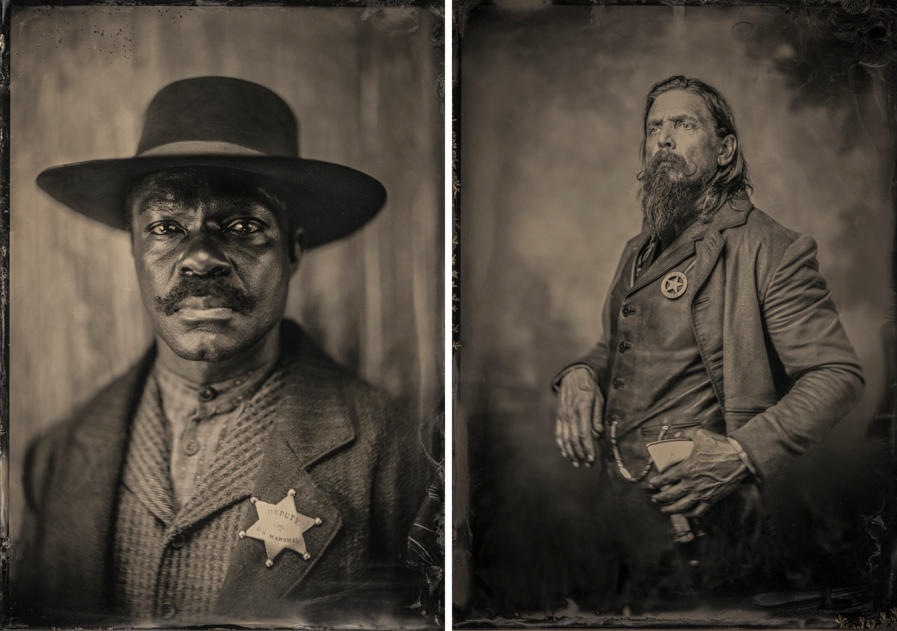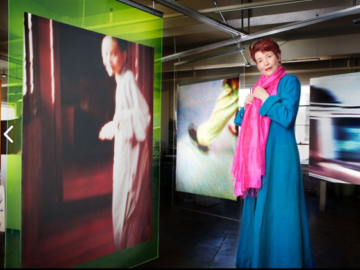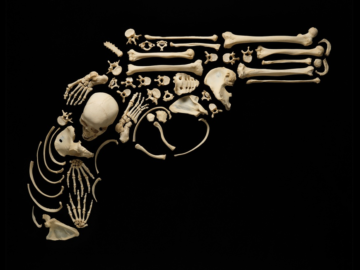When it comes to honoring history, sometimes it’s not just the story but how you tell it that matters. Paramount+’s Lawmen: Bass Reeves brought the tale of the legendary deputy U.S. Marshal to life, and photographer Sarah Coulter was tasked with ensuring its visual storytelling was as authentic as the narrative. The result? A Gold-winning campaign in the 2024 Graphis Photography Awards that revisited the roots of photography itself: tintypes.

A Glimpse into the Past
The portraits for Lawmen: Bass Reeves were created using the wet plate collodion process, a method that dates back to the mid-19th century—the same era as Bass Reeves himself. Sarah’s use of an 8×10 Deardorff large format camera paired with a 161-year-old Dallmeyer 2B Petzval lens wasn’t just a stylistic choice but a commitment to authenticity. The lens, crafted in 1862, lent a period-accurate bokeh to the images, while the process of sensitizing, developing, and fixing the plates on-site mirrored the meticulous artistry of photography’s early pioneers.

Creating Period-Perfect Worlds
These portraits continued beyond technique. Sarah and her team constructed a portable darkroom on set to process black tin and ruby glass plates. Drawing inspiration from historical tintypes, they incorporated painted scenic backdrops, show-accurate props, and gilded frames to craft diorama-like environments for each character. The result was a series of portraits that felt like they had been unearthed from the very era in which Bass Reeves lived and worked.

The Reaction
The magic of tintypes isn’t just in the final image but in the process itself. Watching their portraits materialize before their eyes, the cast of Lawmen: Bass Reeves was riveted. This authentic experience extended to audiences as well. A behind-the-scenes video of the process shared on TikTok during the show’s premiere garnered significant engagement, while the tintype gallery on Instagram became the campaign’s top-performing still asset. The exclusivity of the portraits used for the key art also earned them coverage in Entertainment Weekly and other press outlets, adding to their allure.

Why It Matters
In an age of digital convenience, Sarah’s commitment to using historical techniques instead of post-production effects made this campaign stand out. Crafting the portraits authentically wasn’t just about aesthetics; it was a nod to the era and the legendary figure at the heart of the series. The tintype portraits of Lawmen: Bass Reeves marry art with authenticity. They don’t just depict history—they honor it.






